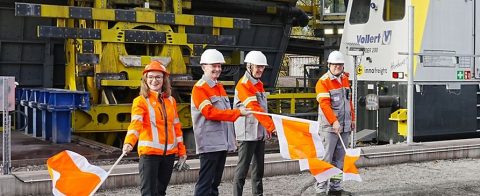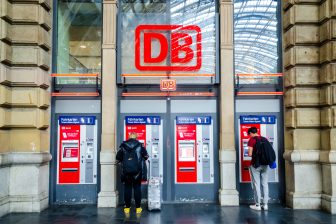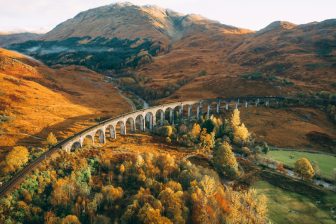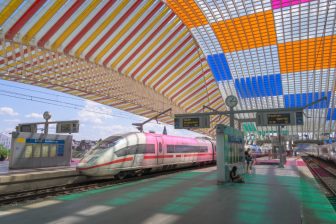
How to reduce fine dust in the air from steel transport by train?
The stakeholders celebrating their partnership. 2022, Deutsche Bahn AG / Volker Emersleben
How can steel transportation be done more sustainably? One step that helps to reduce the footprint of this supply chain is right at the start, with a new unloading system that minimises the formation of fine dust. This new system was developed by DB Cargo and steel and mining group ArcelorMittal.
Want to read more?
You have read all of your free premium articles for this month. Please become a subscriber to keep reading.
Subscribe now!
Take advantage of our exclusive offer to get full access to all premium content.





Even worse, as neither redundant, nor resilent – and not robust…, currently railways may not claim the sustainable alternative!
At current traffic and speeds, regrettably the allowed 22,5 ton load, etc., no longer is allowed – by system…
Accordingly, “maintenance”, new speech for repairing…, now has turned too costly, thus the track charge has to remain high, etc., etc.
(All other modes by air, sea, etc., upgrade for added load capacity – and reduced costs. So the railways, now has to!)